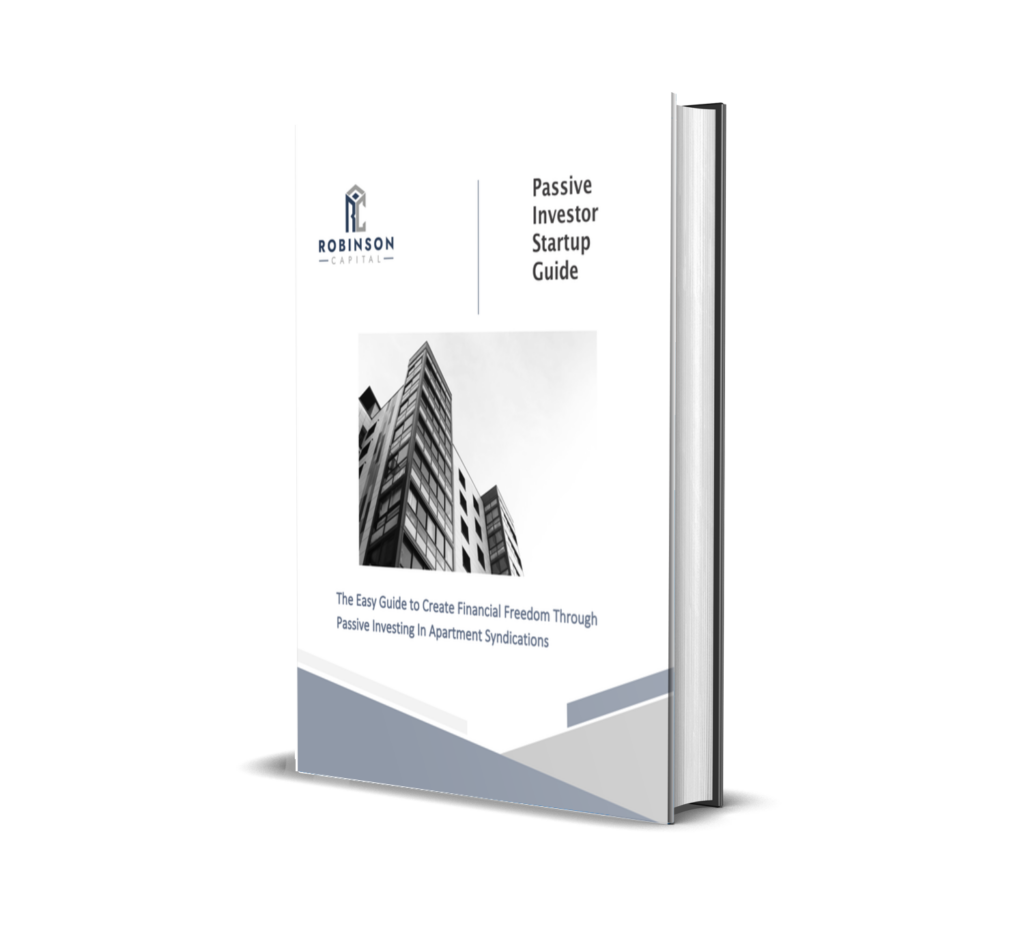Diversification is good. Spreading your wealth and wealth-building tools across various asset classes and types of assets within that class could be a smart thing to do. But there are a few problems with this mindset.
Limited Capital: All of us have limited investment capital; some more than others, some less than others. To spread our already limited investment capital across various assets may not allow you to get the solid investment basis needed to make a difference. For example, if you have $10k more dollars to invest, but you want to finally get exposure to real estate, it will be hard to split that investment between stocks and somehow invest in real estate.
Spreading Too Thin: Even if you have sufficient investment capital, let’s say $100k, to invest across way too many asset classes may be spreading yourself too thin, once again to make any sort of difference. Let’s say you invest your $100k across 15 different modest investments. You may do well enough to beat inflation. But the problem with 7 different investments is that you now have to track, manage and study the performance of 7 different investments. Studying and being an expert on one particular investment is hard enough. I believe that many, for the sake of diversification, through darts at the wall with their hard earned money. Please do not do this.
Opening Your Capital to More Risk: Can too much diversification cause more risk? Possibly. Similar to the above issue of spreading yourself too thin, there is the first risk of not investing with knowledge for the sake of diversification. Perhaps someone so focused on diversification will lower their standards for a sub-par investment (a stock with no fundamentals, or class D real estate asset, for example). The other reason for possible greater risk of diversification is that, after a certain degree of diversification, there is likely diminishing effectiveness, even to the point where it is harmful to your portfolio.
Diversification without a strategy is just a generalized concept. There are various degrees of diversification, some wise with more extreme types more harmful. Diversification can refer to spreading investments across asset classes (stocks, real estate, precious metals, etc,), asset types within classes (technology stocks, mature stocks; various rental property markets; gold vs. silver; etc.), or both.
Not having a focus or conviction on where wealth is going (asset classes, economic changes, geographic patterns, lifestyle trends, etc.), is to become the type of passive investor that blindfolds his or her eyes, investing for the sake of investing. Do not be a “jack of all trades and master of none.” Study one asset class, and then the next. Study the economy. Learn why people are leaving cash to invest in stocks or real assets. Learn about changes in the world that will help influence your investment decision making and diversify wisely as a means to the end (wealth creation) and not as an end itself.
Passive Investor Startup Guide

To find out more about what it looks like to invest as a passive investor in multifamily real estate, download our free Passive Investor Startup Guide here!
Popular Passive Investor Articles
- – Mindset: Freedom through passive investing
– What is multi-family syndication?
– Do I have to be accredited to invest in a syndication?
– How passive investors can find great sponsors
– What to look for in potential syndicators
– About Robinson Capital

.

Rodney Robinson II
[email protected]